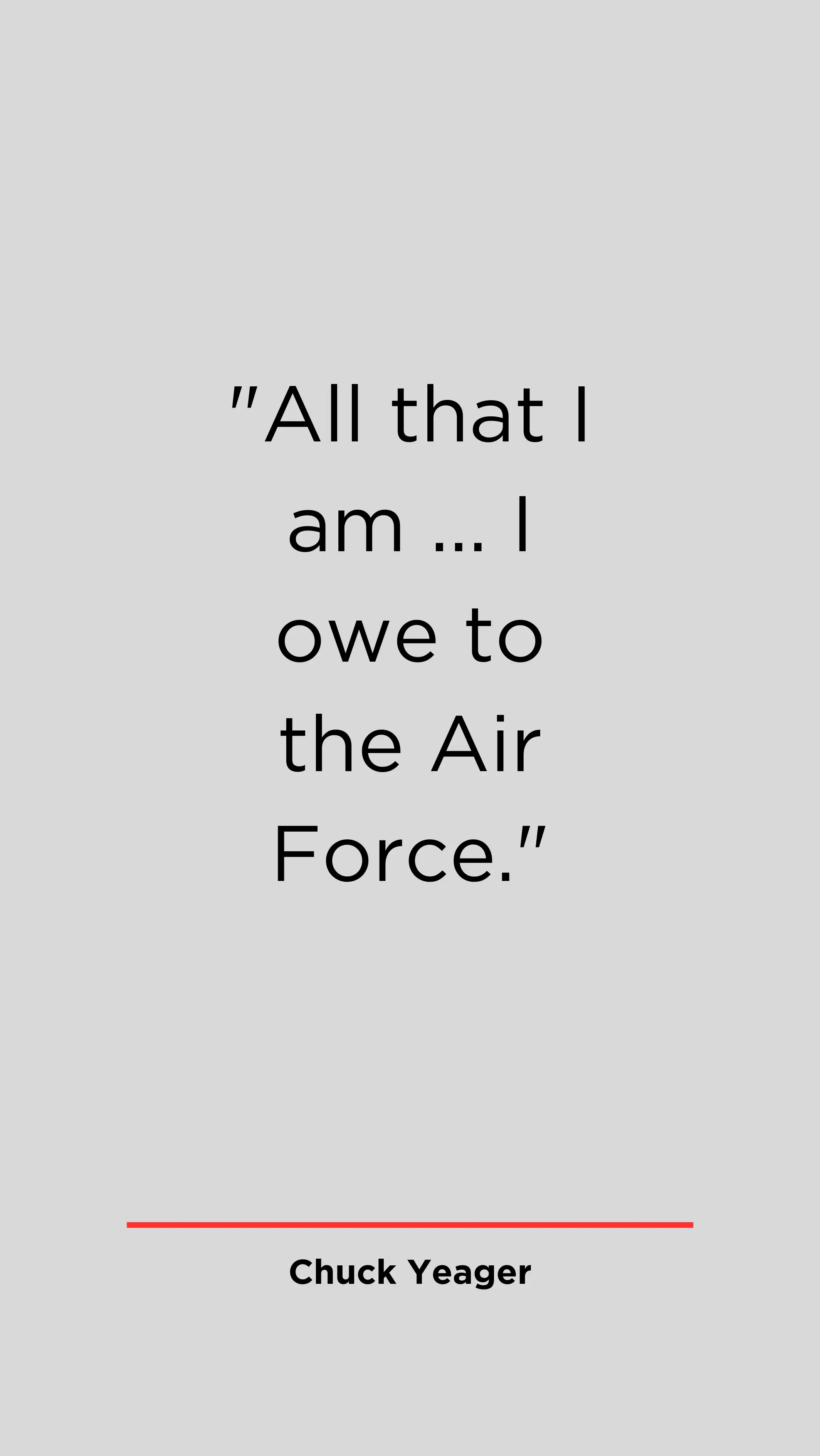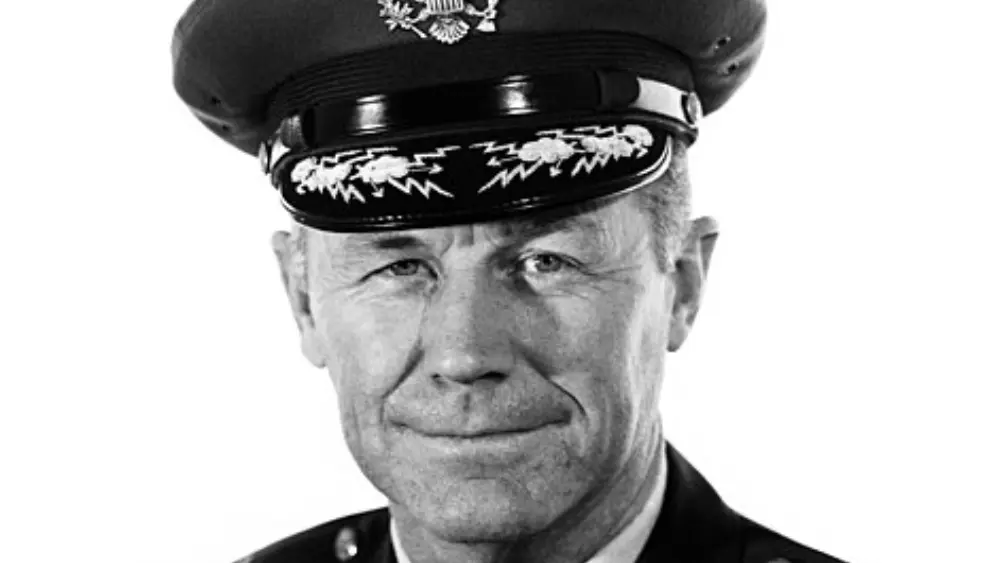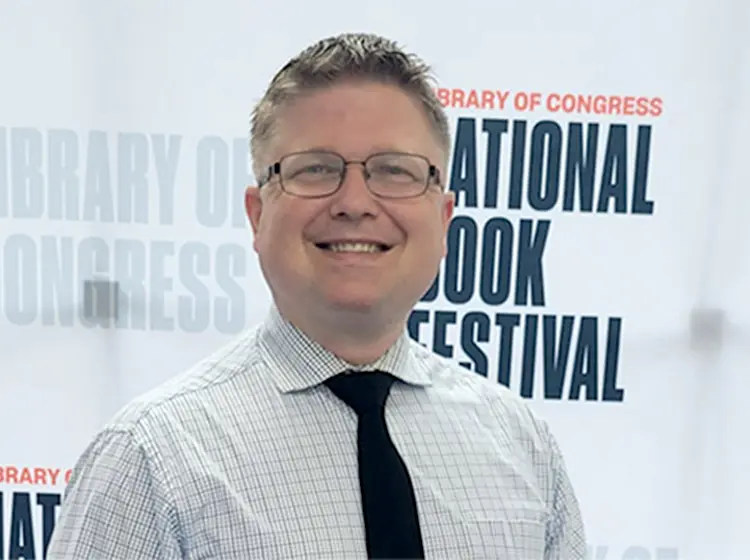Brigadier General Chuck Yeager, born on February 13, 1923, in Myra, West Virginia, became an iconic figure in the annals of aviation history. Renowned as a test pilot, Yeager achieved legendary status for breaking the sound barrier in the Bell X-1, marking a historic leap in aeronautics.
Early Life: A West Virginia Native’s Ascent to the Skies
Chuck Yeager’s early life in rural West Virginia laid the foundation for a remarkable ascent to the skies. Growing up in a modest setting, Yeager’s fascination with aviation sparked at a young age. Despite the challenges of rural life, his determination to pursue a career in flying was evident. The young farm boy’s dreams took flight, and he began a journey that would lead him to become one of the most renowned figures in the history of aviation.
General Yeager’s path from the West Virginia hills to the cockpit was a testament to his resilience and passion for flying. The values instilled in him during his early years, coupled with an unyielding drive to overcome obstacles, set the stage for his groundbreaking achievements in the field of U.S. aviation. This early chapter in Yeager’s life not only shaped his character but also ignited the spark that would propel him into the annals of aerospace history.
Chuck Yeager: Humble Origins and Aspiring Aviator
General Chuck Yeager’s journey from humble beginnings in West Virginia to becoming an aspiring aviator is a testament to the transformative power of determination and passion. Growing up in a modest environment, Yeager’s dreams soared above the West Virginia hills, fueled by an unwavering desire to take to the skies. His early years set the stage for a remarkable ascent that would see him break through the sound barrier and pioneer advancements in aviation.
General Yeager’s story reflects the classic narrative of an individual rising above circumstances to pursue a lofty ambition. His early dreams of becoming an aviator were not mere fantasies but the seeds of a groundbreaking career. These aspirations would not only shape his personal trajectory but also leave a memorable mark on the history of U.S. aviation.
World War II Service: Fighter Ace in the European Theater
Brigadier General Chuck Yeager’s entry into military service during World War II marked the beginning of a storied chapter in his aviation career. Enlisting in the U.S. Army Air Forces, General Yeager quickly distinguished himself as a pilot of remarkable skill and courage. His deployment to the European Theater saw him becoming a fighter ace, a designation reserved for pilots who achieved significant success in aerial combat. General Yeager’s feats in the cockpit during this critical period foreshadowed the groundbreaking achievements that would later define his legacy in aviation.
In the challenging and dynamic landscape of World War II, Yeager’s exceptional piloting abilities earned him the admiration of his peers and superiors. As a skilled U.S. aviator, he showcased not only technical expertise but also a deep mastery of aerial combat tactics. These experiences would become the building blocks for his future endeavors as a test pilot, where he would further push the boundaries of U.S. aviation.
Chuck Yeager: Ace Pilot and Decorated Combat Record
Brigadier General Chuck Yeager’s service during World War II not only showcased his exceptional skills but also earned him the distinction of being an ace pilot. He marked his combat record with a series of impressive achievements in aerial combat, reflecting both his technical prowess and strategic acumen in the cockpit. As an ace pilot, Yeager’s contributions to the U.S. Allied efforts were significant, and his daring feats became an integral part of the larger narrative of victory in the European Theater.
The term “ace” is a designation given to pilots who excel in downing enemy aircraft, and General Yeager’s accomplishments in this regard were notable. His combat record was decorated with successful engagements, and his ability to outmanoeuvre adversaries in the skies contributed to the overall success of the U.S. Allied forces. These experiences not only solidified Yeager’s place in U.S. aviation history but also laid the groundwork for his subsequent groundbreaking achievements as a test pilot in the post-war era.
Breaking the Sound Barrier: The Bell X-1 Flight
On October 14, 1947, General Chuck Yeager etched his name in aviation history by piloting the Bell X-1, a rocket-powered aircraft, to break the sound barrier. This groundbreaking achievement marked a pivotal moment in aerospace exploration, demonstrating that controlled, level-flight supersonic travel was indeed possible. Yeager’s daring flight not only shattered preconceived notions about the limits of human flight but also opened the door to a new era of aviation technology and capabilities.
The Bell X-1 flight was a testament to General Yeager’s exceptional piloting skills and courage. As he accelerated to a speed beyond Mach 1, he experienced a sonic boom – a phenomenon associated with breaking the sound barrier. This historic feat not only expanded our understanding of aerodynamics but also paved the way for advancements in supersonic and hypersonic flight.
Chuck Yeager: Pioneer of Supersonic Flight
Chuck Yeager’s legacy as a pioneer of supersonic flight is connected to his historic journey aboard the Bell X-1 on October 14, 1947. Breaking through the sound barrier at a speed exceeding Mach 1, General Yeager shattered long-standing barriers in aviation and demonstrated the feasibility of controlled, supersonic travel. This momentous accomplishment not only showcased Yeager’s unparalleled piloting skills but also ushered in a new era of aeronautical exploration, fundamentally altering the trajectory of aviation technology.
The significance of Yeager’s achievement extends far beyond the confines of a single flight. It paved the way for the development of faster and more advanced aircraft, shaping the landscape of U.S. military and civilian aviation. General Chuck Yeager’s daring escapade in the Bell X-1 not only secured his place in history as the first person to break the sound barrier but also catalyzed a paradigm shift in the way humanity approached the possibilities of high-speed flight, leaving an enduring legacy in the annals of aviation history.
Post-Bell X-1 Career: Continued Contributions to Aviation
General Chuck Yeager’s post-Bell X-1 career was characterized by his continued and varied contributions to the world of aviation. As a test pilot, he extended his expertise to a multitude of groundbreaking projects, further solidifying his reputation as a preeminent figure in aeronautical exploration. Yeager’s remarkable skill and courage were not confined to a single historic moment; instead, he consistently pushed the boundaries of flight technology, participating in numerous experimental programs that expanded our understanding of U.S. aviation capabilities.
Beyond his role as a test pilot, Yeager became a mentor and inspiration for aspiring aviators. His leadership in the aerospace community and dedication to shaping the next generation of pilots showcased his commitment to the ongoing progress of aviation. General Chuck Yeager’s enduring influence reached far beyond breaking the sound barrier, leaving an unforgettable effect on the world of flight and inspiring countless individuals to pursue excellence in aerospace exploration.
Chuck Yeager: Test Pilot Excellence and Mentorship
In the aftermath of the historic Bell X-1 flight, General Chuck Yeager’s career as a test pilot continued to exemplify excellence and innovation. He engaged in a diverse array of experimental aircraft programs, contributing significantly to the development of cutting-edge aviation technology. Yeager’s ability to navigate uncharted territories in the skies not only solidified his legacy as a fearless test pilot but also expanded the horizons of what was achievable in aeronautics.
Furthermore, Yeager’s impact extended beyond his individual achievements, as he assumed a role as a mentor and guide for the next generation of aviators. Aspiring pilots found invaluable resources in their experience, wisdom, and leadership, fostering a culture of excellence and pushing the boundaries of what was considered possible in the realm of U.S. aviation. General Chuck Yeager’s dual role as a test pilot par excellence and mentor exemplified his enduring commitment to advancing the field and inspiring future aviators to reach new heights.
Military Leadership: Cold War and Beyond
Brigadier General Chuck Yeager’s military leadership during the Cold War era and beyond showcased not only his prowess as a pilot but also his strategic acumen in command positions. Throughout the Cold War, General Yeager’s expertise and leadership were instrumental in shaping the U.S. Air Force’s response to the evolving challenges of the geopolitical landscape. His understanding of aerospace technology and his ability to navigate complex military strategies contributed to the nation’s defense capabilities during a period of heightened tensions.
Beyond his iconic feats as a test pilot, General Yeager’s commitment to military leadership continued in various roles. Whether commanding squadrons or overseeing important programs, he played a crucial role in shaping the trajectory of the U.S. Air Force. Not only did he leave groundbreaking achievements in the cockpit, but his legacy as a military leader is also characterized by his enduring impact on the strategic and technological dimensions of the nation’s defense apparatus.
Chuck Yeager: Strategic Vision and Technological Advancements
General Chuck Yeager significantly contributed to technological advancements in aerospace through his military leadership, characterized by a strategic vision. As a pioneering figure in the field, Yeager not only broke the sound barrier but also leveraged his deep understanding of air warfare dynamics to influence the development of cutting-edge technologies. His insights were particularly crucial during the Cold War era when the arms race drove innovation in U.S. military aviation.
General Yeager’s ability to foresee the potential of emerging technologies and integrate them into military strategies showcased his commitment to staying at the forefront of aerospace advancements. His leadership played a pivotal role in ensuring that the United States maintained a technological edge in the competitive and rapidly evolving landscape of the Cold War. General Yeager’s legacy as a strategic thinker and advocate for technological innovation continues to influence the military’s approach to aerospace and defense.

Later Years: Legacy and Recognition
In his later years, the U.S. aviation community revered Chuck Yeager, acknowledging his remarkable legacy through numerous honors and recognitions. His groundbreaking achievement of breaking the sound barrier aboard the Bell X-1 made him an iconic figure, and the aerospace industry recognized his enduring contributions to the field. Beyond the daring feats in the cockpit, General Yeager extended his legacy, becoming a symbol of innovation and courage that inspired generations of aviators to push the boundaries of what was considered possible.
Throughout his later years, General Yeager received accolades that reflected his profound impact on U.S. aviation. These honors included prestigious awards, induction into various aviation halls of fame, and the establishment of the Chuck Yeager Foundation, dedicated to preserving his legacy and supporting educational initiatives in U.S. aviation. The recognition he received underscored the lasting influence of his groundbreaking achievements and his role in shaping the trajectory of aerospace exploration.










